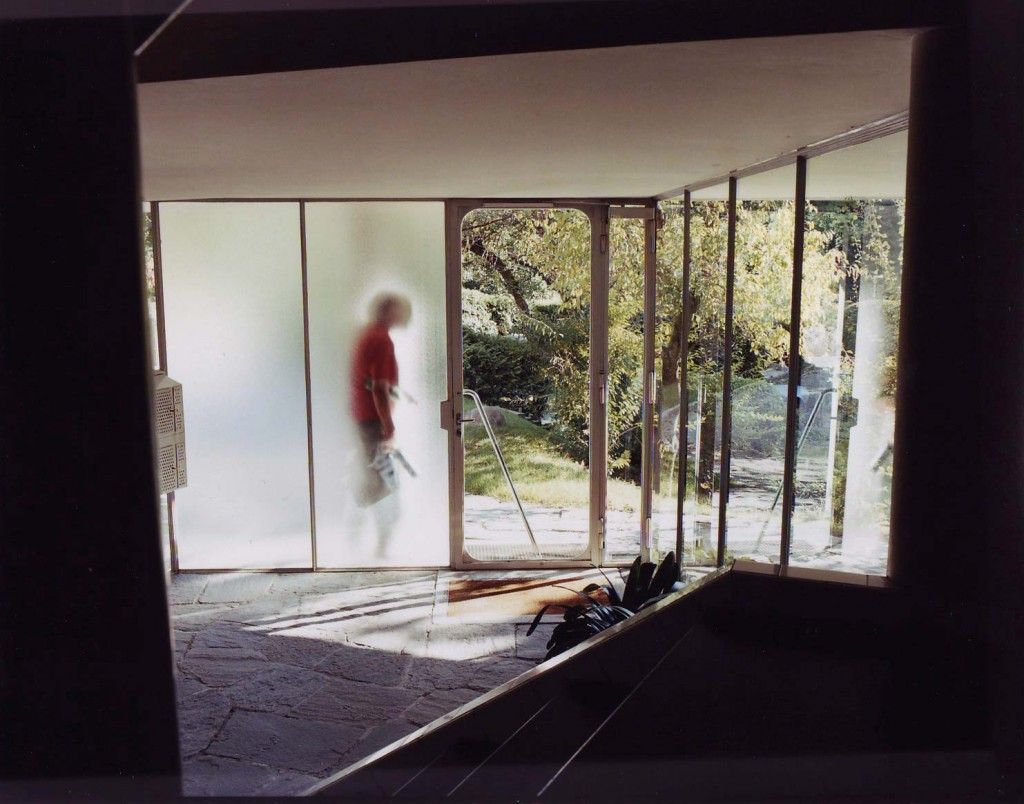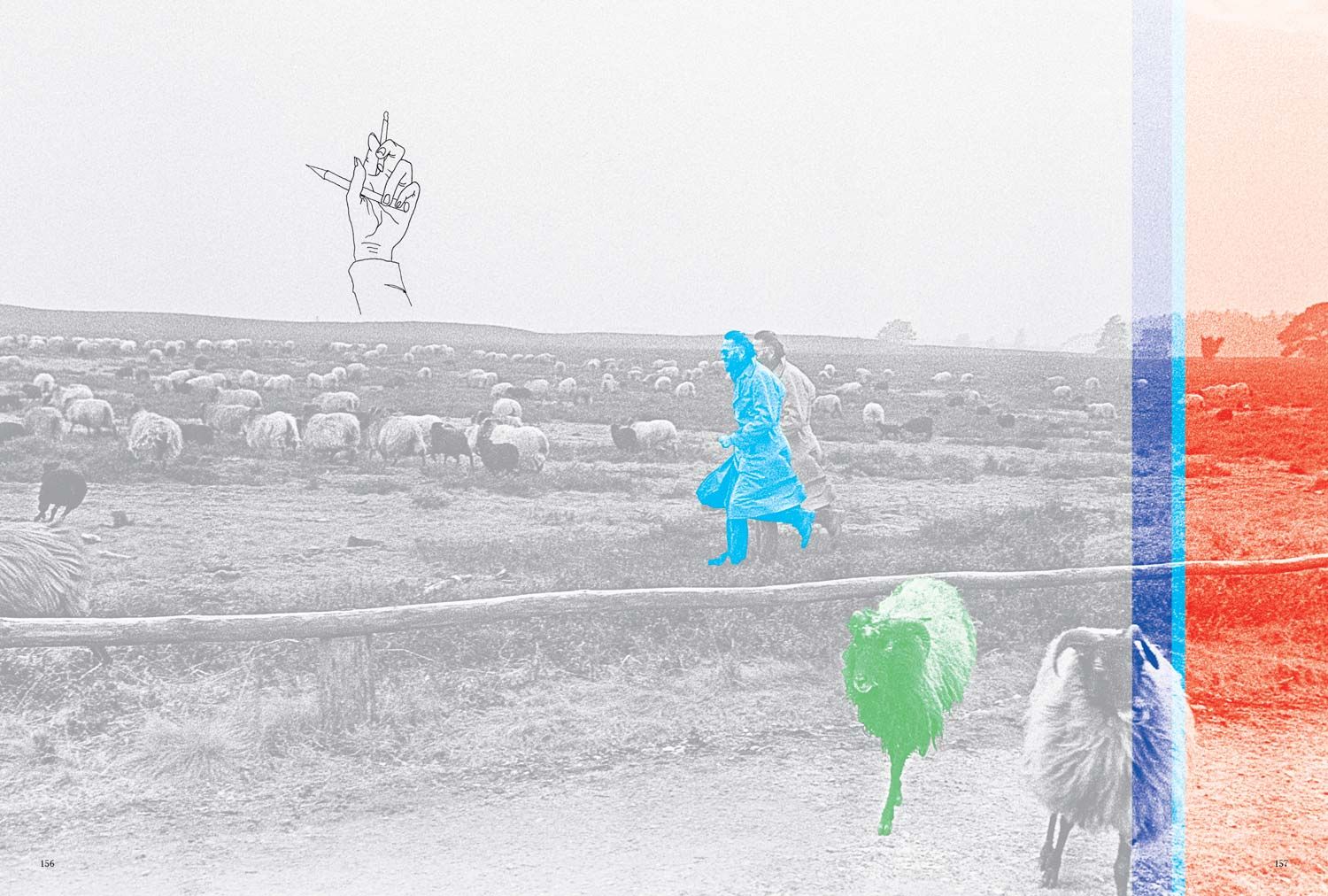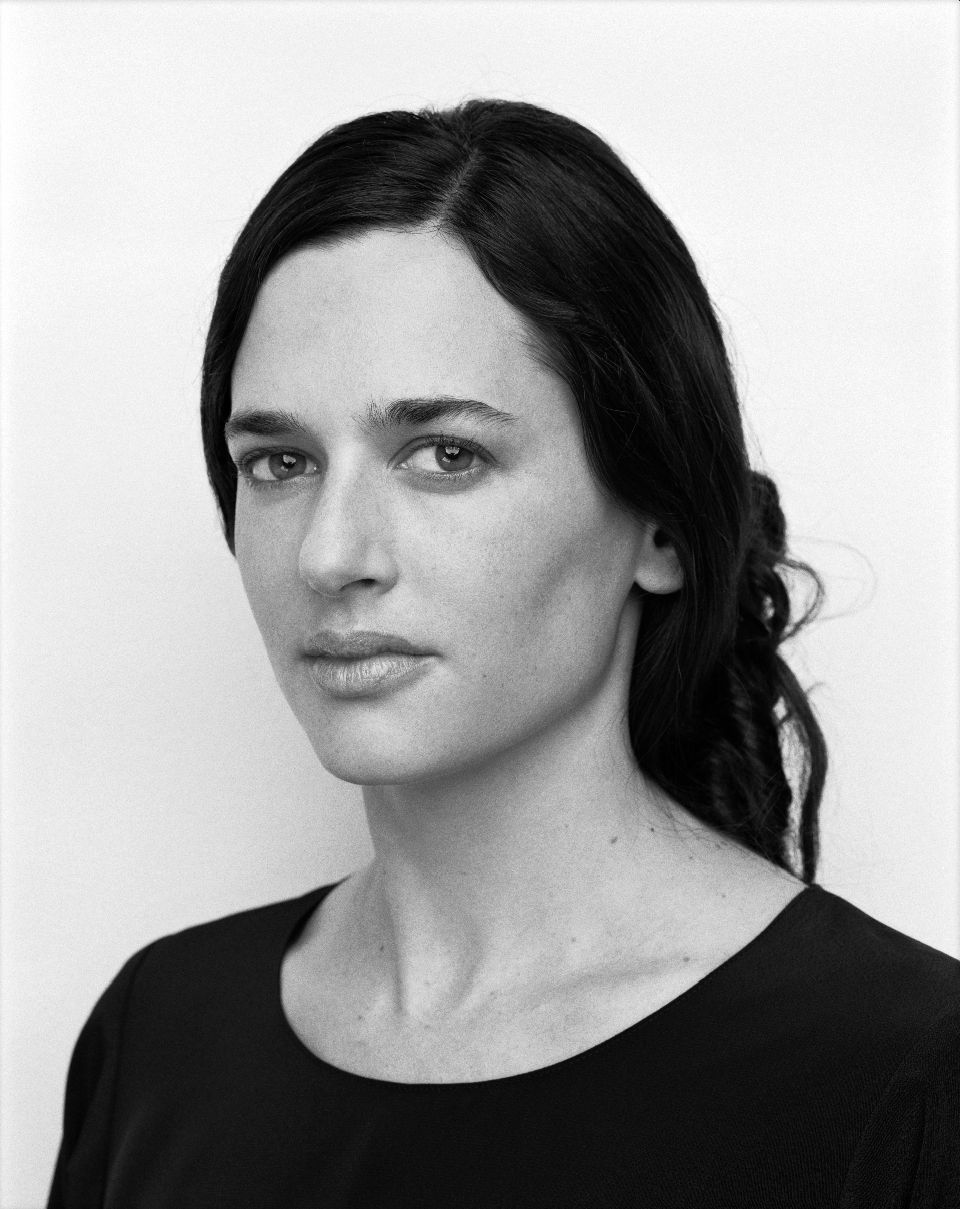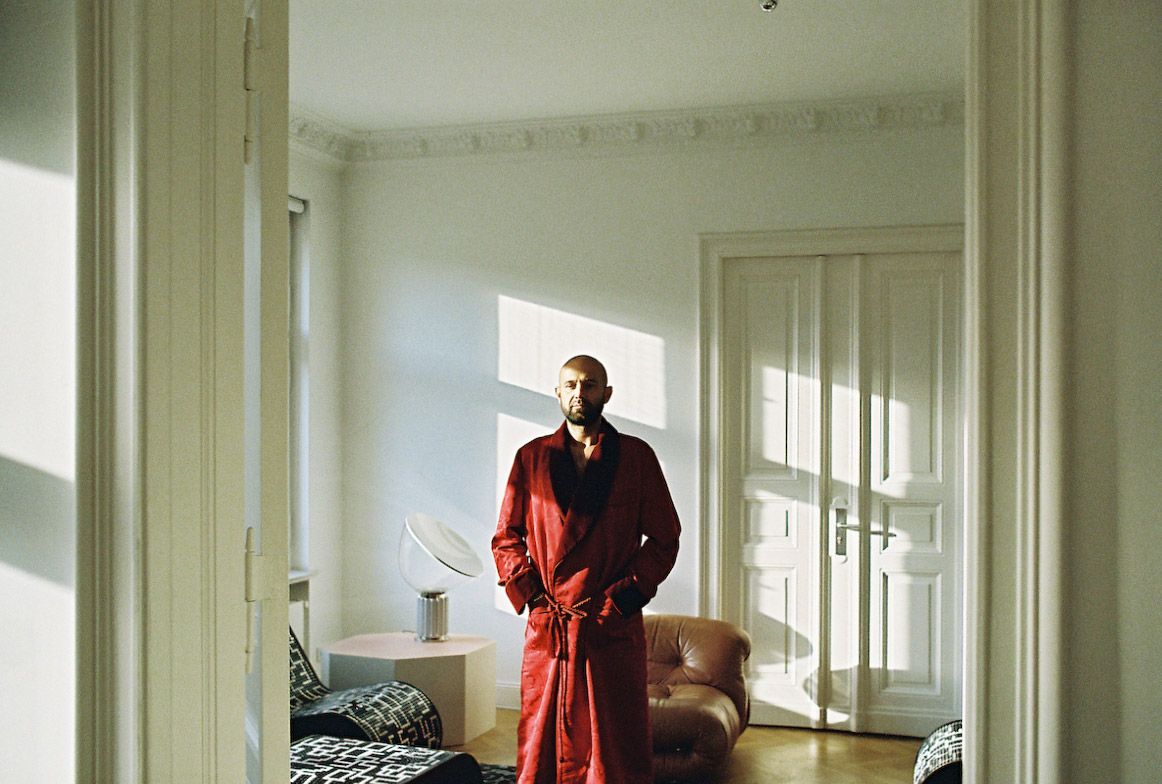BEDA ACHERMANN: Portrait of a Swiss Art Director

A visit to the old school. The route to my client-meeting went along a wide street over a bleak industrial area – it was still early in the morning, and the air was still. A Mercedes rolled up unnoticeably quietly, the doors swung open, and, as the car kept moving at walking pace, Mr. Achermann asked me to hop in. He called a taxi to bring him from Zurich all the way to this small southern German town.
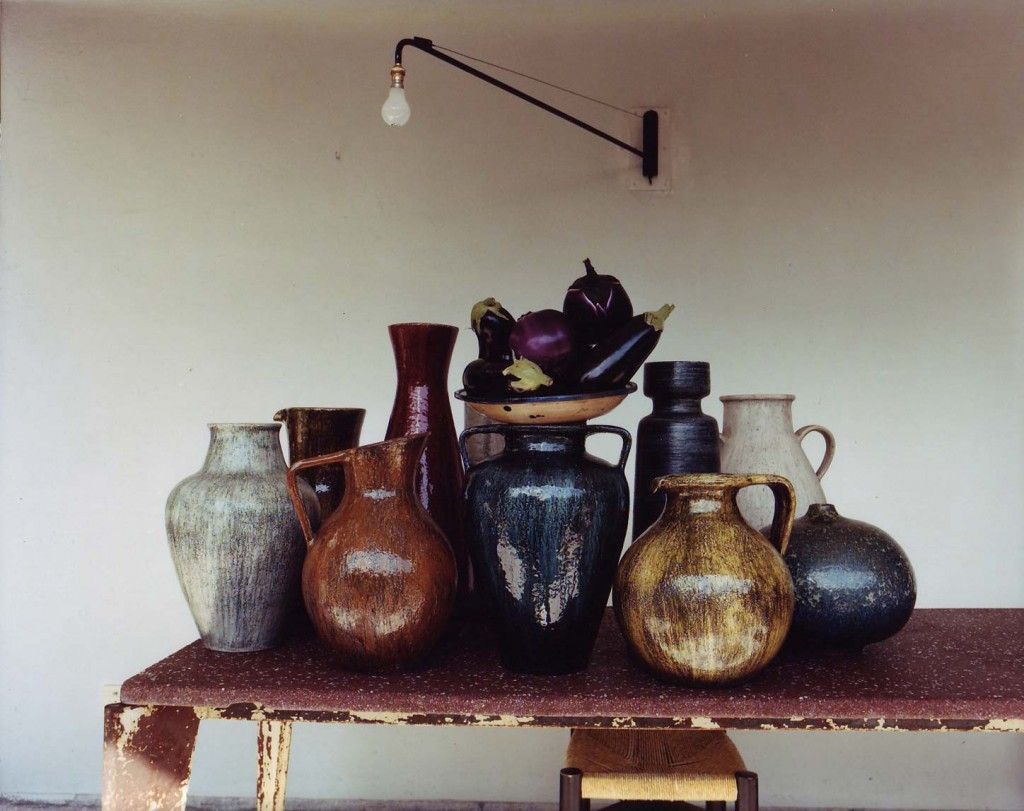
At the entrance gates to the plant a doorman stood helpfully with Beda’s luggage: two tote-bags that he had appeared to have ordered in bulk at LL Bean. The doorman marveled at the substantial weight of the harmless-looking sacks.
“I always travel with two bags,” Achermann explained to him. “One is full of gold, the other of ideas.”
The bags seemed almost delicate in his hands. Beda Achermann is tall, very tall. He stays in one’s memory as giant-like, but when one sits across from him at his workplace as he examines photographs or compares texts as if the ideas of others, just now put to paper, actually had a weight one could touch, then, though he remains tall, the giant-likeness recedes. His hands are slender, his fingers mindful with the paper. The German journalist Franz-Josef Wagner, one of Achermann’s many collaborators, once wrote that Beda touched photographs as though touching a female stranger.
It was in late-’90s Berlin – a city that except for Sir Norman Foster’s Reichstag cupola still seemed so shabby and hopelessly ruined that, faced with such desolation, Giorgio Armani supposedly just couldn’t take it anymore during a nighttime limo ride – that I met Achermann for the first time. The aforementioned Franz-Josef Wagner had just been assigned to re-launch the German capital’s most-read boulevard paper from the ground up by Europe’s biggest newspaper group. The BZ, the paper’s title, which authors like Billy Wilder and Vladimir Nabokov wrote for in the prewar period, had degenerated into a pamphlet for angry retirees, taxi drivers, and sausage-stand owners – a precise mirror of West Berlin intellectual life around the time of the Wall’s fall. Wagner, the journalist, and Achermann, the creative director, clearly had a rather different target audience in mind: the BZ should become the best, most chic boulevard paper in the world. After the crash of a Swiss aircraft, Achermann drafted a title page on which an airplane floated in a gleaming blue sky. “Looks like Gucci,” he remarked at the time. When he laughs, it doesn’t come across as sardonic or arrogant – it’s his joy speaking. Beauty is fun for him.
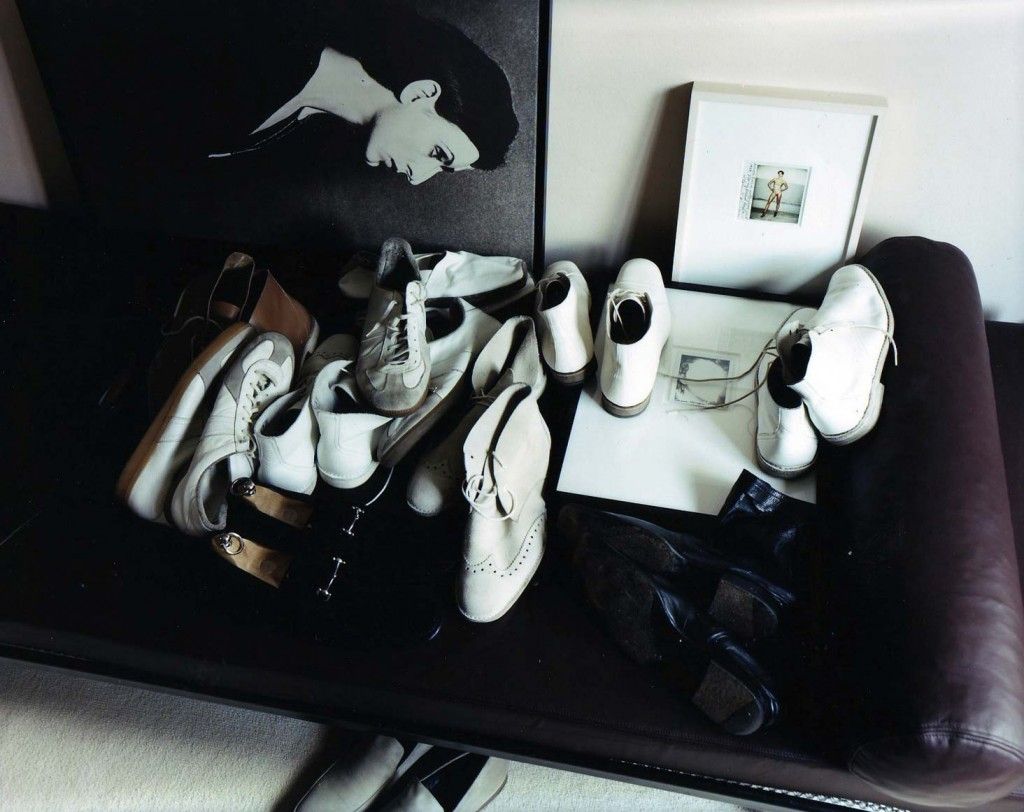
That pure beauty comes from within is a common platitude. But Achermann, a picture-person, actually works in exactly this way. Visit him in his studio – in a notorious neighborhood of Zurich, where the rural southern Switzerland-born designer has settled again after decades spent in Munich and Italy – and you will be astonished to find a forgotten style of working, an almost historic creativity. It has primarily to do with the sheer amount of paper there. A wing of the studio, located in an inconspicuous functional building, houses the usual workspaces, on the desks, the usual work tools of the graphical guild. The fastest and most powerful Macintoshes, the widest monitors in the market. And compared to the boss’s office, this part of the studio looks like a sweatshop. One can smoke there, and the aspiring young talents working eternal night shifts there certainly do. Dominating the room is a long vintage Prouvé table whose wooden surface I, at least, could never get a look at since it was always piled with books and magazines – the skyline of a knowledge-and idea-city. At first visit, I thought that it was, so to speak, a display window à la “look here at all the rare and expensive things I own.” No matter what people say, Achermann is no showoff. As Christian Kämmerling, German journalism’s big conceptualist, formulated it, “That Beda only deals with the best, will only work with the best, has been, I believe, built into him from the beginning.”
Kämmerling first met Achermann relatively late, in the fall of 2000, after the scandal surrounding Kämmerling’s being thrown out as editor-in-chief of the SZ Magazin that he had turned into a success: “I was sitting in a bar in Schwabing and this big giant that I didn’t know came over to me. He didn’t say much, only something along the lines of, ‘Crazy what just happened to you! Perhaps the path is clear for us to work together sometime.’ Afterwards it stood out to me how much of his work I already knew. And that had stayed in my memory. I saw in it a realized quality standard that could not have been set any higher.”
Three years later, a collaboration on the annual report of the biggest retailer in Switzerland, Migros, came along. The concept had to do with Indian film poster painters, but extended vacations and work stays on site in New Dehli were only the last step in a typically Achermann work process: everything begins at the foot of the image mountain, at the edge of the idea city. The book and magazine piles, which by the way are reassembled and shifted daily, delivers inspiration in the form of copied pages. Soon all the walls in Achermann’s huge office are covered in rows of paper. On the balcony of an adjacent house, a person is sitting in the afternoon sun; his chair is a case of beer. Yet back inside the office, it’s all about which of the best photographers’ best ideas will make the most beautiful pages. At first there are no limits, the laws of money and time are momentarily suspended – also a forgotten mode of working. Or, as Kämmerling put it, “Beda embodies living large in the best sense.”
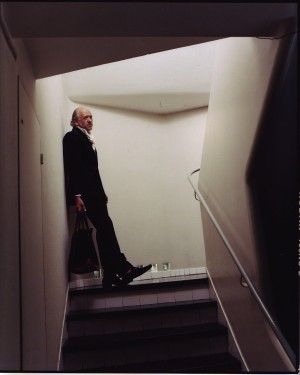
I know no person who can aestheticize his sphere so thoroughly and in such detail. One can look anywhere – there is nowhere that Achermann’s demanding standards do not match up to their reality. If one is to comment on the black ink strokes saturating the pages of his hardbound notebook, he will gladly explain his time-management system: every day, he fills a page with notes. What is finished, he underlines in bold, until ideally at the end of the day the entire page is filled with thick black stripes. There are many of these notebooks, so many. Naturally, he saves all of them.
Achermann’s renunciation of modern technology comes across as similarly quirky. Working with him requires dozens of phone conversations, particularly early in the morning when he comes from jogging through the woods on the Dolderhöhen over Zurich. These phone conversations usually begin with stories of little deer and rabbits, the tails of which he has glimpsed on his run. But the calls don’t always come from Zürich – Achermann might call from Moscow, or when he is momentarily in Capri, Scotland, or lately, the forests of southern Austria. Ask him what he is doing at a given moment and you’ll never hear, “I’m sitting doing a layout,” “I’m looking for photos,” or other mundane replies. Achermann will always report on the sun, which is currently “unbelievably beautifully” shining over the landscape. Or he’ll describe an even more elementary beauty: “Hey! They’ve got nice grass here …”
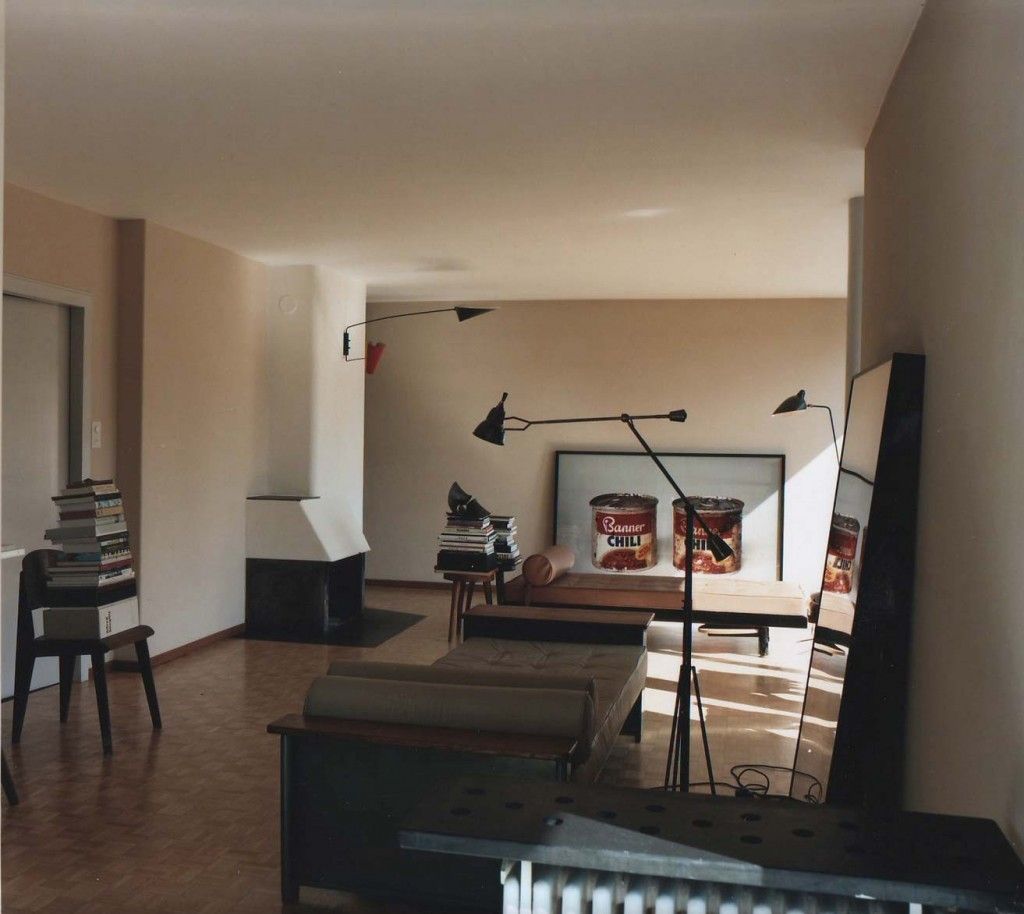
Someone smitten by beauty and perfection. A figure straight out of a Stifter novel, but without that typical sense of boredom and lifelessness. The celebration of life, the whole palette, as Jörg Immendorf said of the nature of an artist, is a part of Achermann’s beautiful being just as much as it is a part of his celebrated work. When the blue evening descends behind the studio windows, work is happily put aside for a return to the buzz of the street. On the square in front of the building stand the taxis, which will even drive you to Southern Germany. The area is primarily inhabited by Zurich’s drug addicts, and the back areas of supermarkets are set up as small inns, where the best Thai food in Zürich is served – and not just according to Achermann.
A short pathway leads us to a restaurant called Morgenstern, where Achermann orders a plate of Italian vegetables and drinks a modest amount of red wine as an accompaniment. Things weren’t always this way. With the same fascination with perfection and beauty, he tells of a more difficult time in his life, when he wandered homeless and alcohol-influenced through life for a year. “I was a clochard deluxe,” he said. He lived in hotels, was constantly tipsy and pugnacious, which even landed him in prison. One would think this is particularly bad for the Swiss. Yet Beda looks back and is happy. The big picture is harmonious, if not all together smooth. Lost-distance running in the forest, moderate drinking, an Alpine diet of vegetables and Müsli, and not only for these reasons clearer in the head than at our first meeting ten years ago in Berlin. Some of his contemporaries would gladly trade their sacks of memory and nostalgia for Achermann’s bag of ideas. But of course there remains next to all the joy and sunshine a pain of lost opportunity: Achermann was editor-in-chief of Germany’s last serious attempt to create a fashion magazine for men. His men’s Vogue that once wrote history has now become – despite iconic photographs like Helmut Newton’s naked woman inside a crocodile, shot for a story about Pina Bausch – history itself. Still, Achermann’s Vogue without a doubt succeeded most in harmonizing his quality standards with the realities of the world. But Achermann doesn’t cling to this time; he doesn’t ground himself in the past.
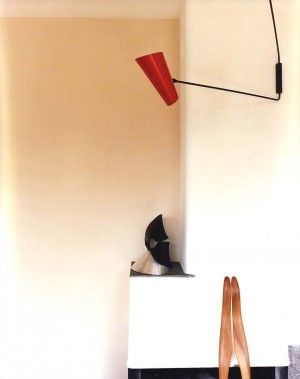
His way of working, his insane effort, intense enough to irritate the people he works with, can be traced back to the principles of editorial work: collect and choose; research and document. This is the work of an editorial staff. Achermann’s maxims at the time: the most enormous, the most rare, the most intensive, the most exclusive – quite simply, the most. These are the rules that the designer has transferred successfully onto his cosmos.
It’s become late, and a taxi chauffeur drives to the restaurant. The way home goes up over the Zürich mountains, where Achermann lives in the silent and, of course, stunning natural beauty of the Dolder Valley in the top floor of a house that once belonged to Marcel Breuer. Of course, every detail is perfect, from the light switches to the layer of beautiful pebbles that cover the floor of the wine cellar. And of course, nothing has been tackily renovated.
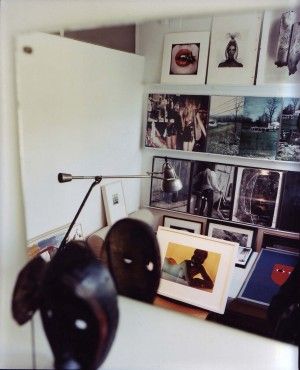
The arrangements in the living spaces is like everything else Achermann likes to show you: perfect down to the smallest detail. From the collection of Swiss vases on the weathered Perriand table on the terrace, to the collection of modern masters ranging from Irving Penn to Paul McCarthy and Dieter Roth, to the pile of tomatoes next to it, all so diverse in color and form that one is led to believe that there are no other tomatoes in the world worth seeing. A total absence of dust. On the chairs in the living room, books tower, each one is exquisite and laid exactly in the right place. What this configuration speaks to, other than just being the pure equivalent of his bag of gold, is his strength: despite his giantlikeness, Beda Achermann is a man of delicate taste.
He takes a small black-and-white brochure that he once designed for his girlfriend, the fashion designer Dorothée Vogel, carefully in his hands and turns the pages with his fingertips as if seeing every page for the very first time. This work was, of course, a declaration of love – and Achermann sees the small booklet as the finest thing that he’s ever made.
